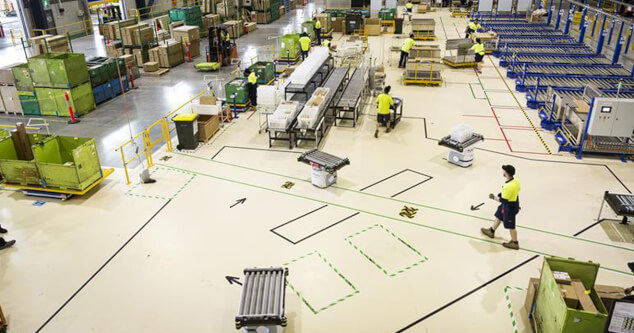Mobile robots smarten up Toyota’s new parts centre
Közzétéve: 2020. április 28. hely: Flexible Manufacturing
Intelligent robots and sophisticated design are helping Toyota to achieve a higher level of efficiency at its new warehouse in Sydney, Australia.
Warehouse efficiency with mobile robots
The fleet of autonomous intelligent vehicles for warehousing reduces manual carrying of parts. The AIVs are designed to operate with people safely and have the intelligence to pick out the best path for the job or follow pre-determined paths. They help to reduce conveyance in processes, in other words repetitive non-value add work, to achieve a leaner and more productive warehouse.Efficient parts delivery to dealers
According to Toyota, the new facility houses more than 128,000 components for Toyota and Lexus vehicles and ships approximately 27,000 items every day. “Parts and accessories are received from a number of local and overseas suppliers for all of our vehicles, both commercial and passenger,” the spokesperson says. Dealerships have access to the parts storage data at Toyota’s new facility so that they can know immediately if a required part is available.
